Home » Gear Reviews » Hiking & Camping » Camping Hammocks » Kammok Roo
Kammok Roo Review
January 4, 2018













 80
80 The Good
- Well made
- Gear clip-in loops
- Adjustable rain fly
- Comfortable materials
The Bad
- Heavy
- Stiff seams
Design
The Roo is clearly designed by people who know camping hammocks. It is well made without being over-engineered, from the seams to the carabiners. Our testers found the Roo to be roomy for one person, but not too much – there’s a little extra edge material to get in the way. Kammok calls it a two-person hammock, but you’d better be pretty well acquainted; fitting two average-sized folks in here is a squeeze. The side panels offer extra space for single users who like to stretch out sideways or diagonally. At the same time, the Roo isn’t so wide that the burrito effect kicks in if you’re lying lengthwise.
Features
The Roo has a few useful features that other models didn’t. Three gear loops are sewn along each edge, providing places to clip things like headlamps, water bottles, an underquilt or anything else that won’t fit into the integrated stuff sack that hangs in the middle. Each “Kanga Claw” wire-gate carabiner has a second, smaller inner gate. This keeps it attached to the suspension strap that’s sewn into the hammock fabric, so it doesn’t slip out while setting it up and taking it down. This isn’t a huge concern, but still a thoughtful touch.
Each Python Suspension Strap ($29) is 10 feet long and daisy-chained with 18 clip-in points making it versatile to fit between a good range of anchor spaces. The straps also have reflective tracers woven into avoid clotheslining someone in the dark. If they weren’t so heavy, they’d be the best straps in the test.
Kammok’s Kuhli rain tarp ($159) is made of 15D ripstop silnylon. This thing is a major piece of engineering – they do call it a “weather shelter” after all. It has no fewer than 16 anchor points, each one reinforced with Hypalon and with a grommet that fits over the tip of a trekking pole. Each anchor point also has an integrated cord and LineLoc Fastener for quick and easy adjustments. It’s amazingly versatile – the different configurations are almost endless – and bomber once set up. In testing, even sideways-blown Pacific Northwest rain couldn’t get under this one.
Ease of Use
Slinging the Python straps around a tree and clipping the Roo in takes a matter of seconds. The elaborate Kuhli rain tarp, on the other hand, can take a while to get dialed. If all the anchor points are not secured, there’s a lot of cord and material to flap around.
The Roo is made of a custom diamond ripstop nylon called Lunarwave that’s soft, breathable, and abrasion-resistant, although not quite the silkiest fabric in the test. The main concern comfort-wise is the triple-stitched seams, which make the hems noticeably stiff when lying diagonally. This also makes the hammock edges more pronounced. It’s minor, but it could be an issue for people looking for a design that’s one smooth surface.
The hammock’s integrated stuff sack has been redesigned this year to be bigger, making it easier to repack. It’s supposedly large enough to fit the Python straps in too, but our testers found it easier to just wrap them around the outside. The Kuhli tarp fits back into its drawstring stuff sack without too much effort – a few of the other models were more difficult.
Quality
Here’s where the Roo shines: every seam, even the edges, is triple-reinforced, the carabiners are climbing-quality (in theory, don’t test them), and the rain tarp has Hypalon-reinforced corners. This is a camping hammock setup that’s going to last a long time and take a lot of abuse.
Weight
The Roo weighed the most in every category: hammock (24 ounces), straps (12 ounces) and rain tarp (20 ounces). Together that’s 3.5 pounds. This isn’t much by tent standards, but as backpacking hammocks go, it’s a lot, which puts it more in the backyard/paddling trip/car-camping category. But for waiting out bad weather hammock-bound lock-downs, it’s worth considering packing the extra weight.
Over the course of a few weeks, our testers spent multiple nights in each model, using the same sleeping bag, pad and inflatable pillow. Since the testing was based in Oregon, about half the nights involved precipitation of some kind. Each model was set up and stowed in each combination multiple times, on trees of varying diameters and distances. If a model is described as fitting two people, a companion was enlisted to check fit.
Runner, cyclist, father, writer—Julian Smith is a guy with a lot in tow, and a lot to say about the best running strollers and trailers for active parents wth kids.










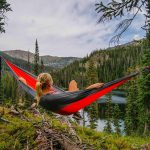



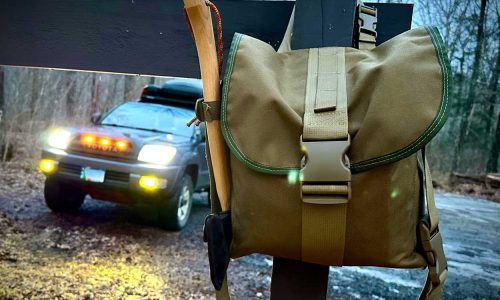

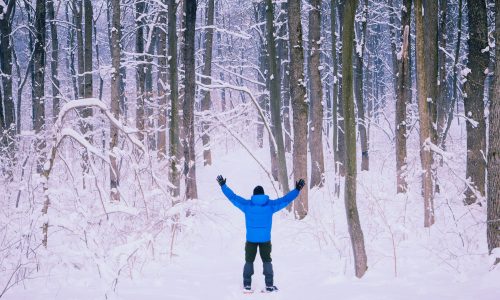
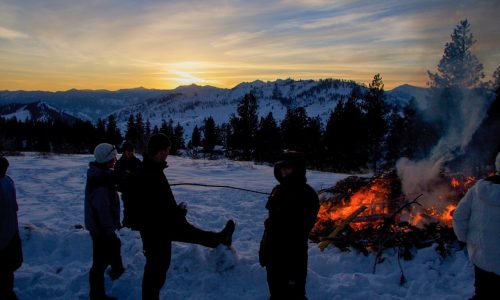
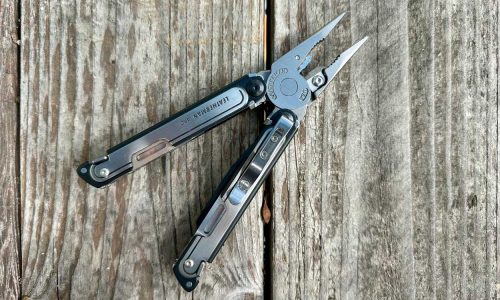
No reviews have been posted for this product.
Use this gear?
Join Gear Nation and leave a review!
Create an Account